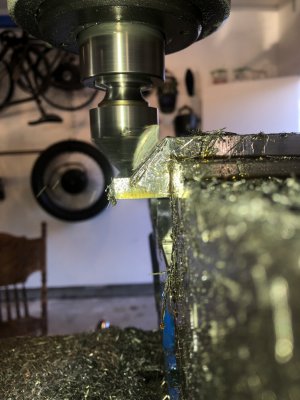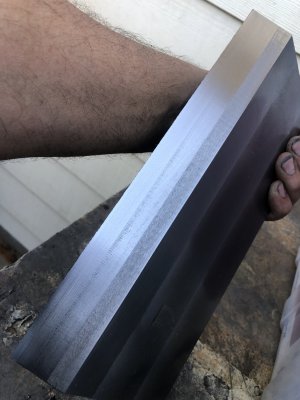- Joined
- Jun 7, 2019
- Messages
- 354
I agree with Matt. Tilt the head, Unless you have a large enough tilting vise and room to mount them both on the mill.
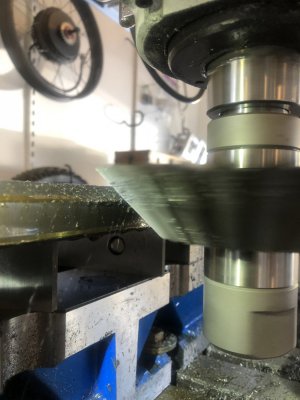
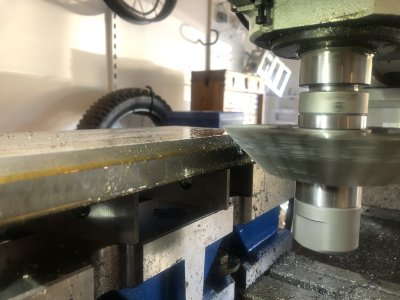
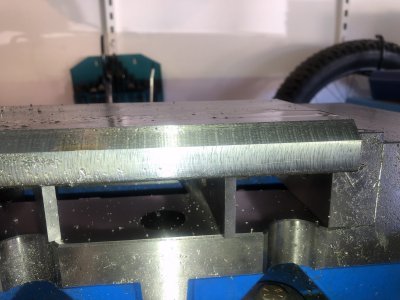
I agree with Matt. Tilt the head, Unless you have a large enough tilting vise and room to mount them both on the mill.
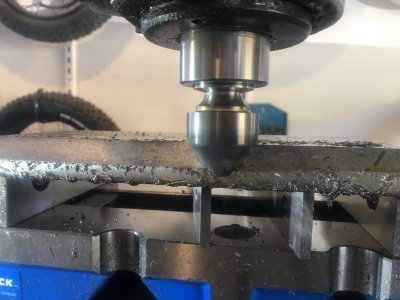
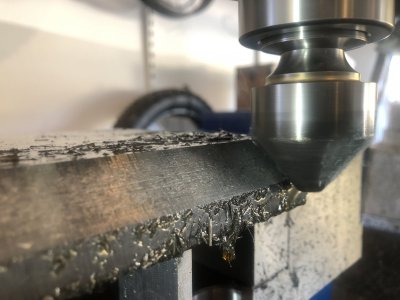
Here’s something I made awhile back that works great for angles. It’s 1.250 barstock .750 plate. I made a simple adjustable foot that rest on the moveable jaw of the vice for heavy machining. View attachment 422130View attachment 422131View attachment 422132View attachment 422133
I hate having to tilt the head unless necessary.
